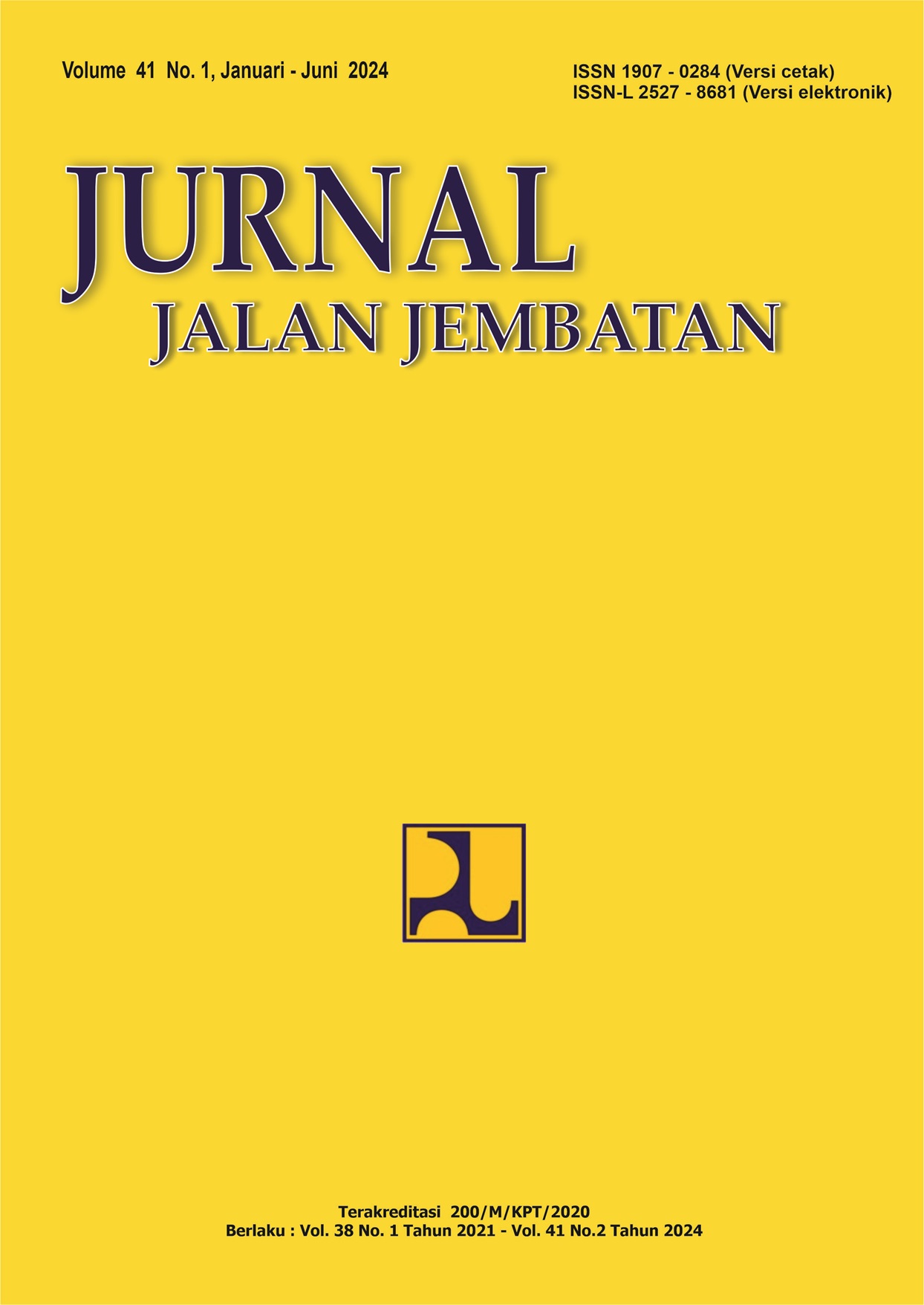COMPARISON OF PRODUCTIVITY AND ACCURACY OF UNMANNED AERIAL VEHICLES FOR PHOTOGRAMMETRY SURVEYS ON ROAD PROJECTS
Main Article Content
Abstract
Unmanned Aerial Vehicles (UAVs), commonly known as drones, are aerial devices equipped with cameras and sensors for various applications, including aerial mapping surveys. The growth of UAV technology has provided significant benefits in the construction industry by enabling accurate and efficient spatial data collection for 3D modelling, progress monitoring and work volume analysis. Various characteristics of UAVs, including wing type, size, coverage and capabilities, accompany the development of UAVs. The diversity of types and brands of UAVs on the market is a challenge for organizations in determining the choice of UAVs that suit their needs and intended use. This research aims to provide recommendations for UAVs in mapping survey activities by comparing productivity and accuracy. In this research, we compare 3 (three) different types of UAV, namely DJI Phantom 4 Pro V2, DJI Mavic 3 Enterprise RTK, and WingtraOne Gen II, combined with two types of geotagging methods, namely GCP (Ground Control Point) and PPK (Post Processing Kinematic). Research carried out on 31 January 2023 at the Cimanggis-Cibitung Toll Road Project Section 2 location obtained the best accuracy results of 0.08 m horizontally and 0.07 m vertically from the WingtraOne Gen II PPK method, while DJI Mavic 3 RTK Enterprises obtained the best productivity comparison results with productivity of 2.90 ha/min. In general, for using photogrammetric survey technology on long continuous road projects, it is recommended to use portable UAVs and the capabilities of the PPK and RTK methods, with the primary consideration being accuracy and productivity. The research results can provide insight into the optimal combination of PUNA and geotagging methods in using photogrammetry in the construction industry.
Keywords: UAV, photogrammetry, geotagging, construction project, toll road
Article Details
Authors who publish in this journal agree to the following terms:
-
Authors retain copyright and grant the journal the right of first publication with the work simultaneously licensed under a Creative Commons Attribution License, which allows others to share the work with acknowledgment of the work's authorship and initial publication in this journal.
-
Authors may enter into additional contractual arrangements for the non-exclusive distribution of the journal's published version of the work (e.g., post it to an institutional repository or publish it in a book), with acknowledgment of its initial publication in this journal.
-
Authors are permitted and encouraged to post their work online (e.g., in institutional repositories or on their website) as it can lead to productive exchanges, as well as earlier and greater citation of the published work.
Each submitted manuscript must be accompanied by a "Manuscript Originality Statement" and a "Copyright Transfer Statement".

